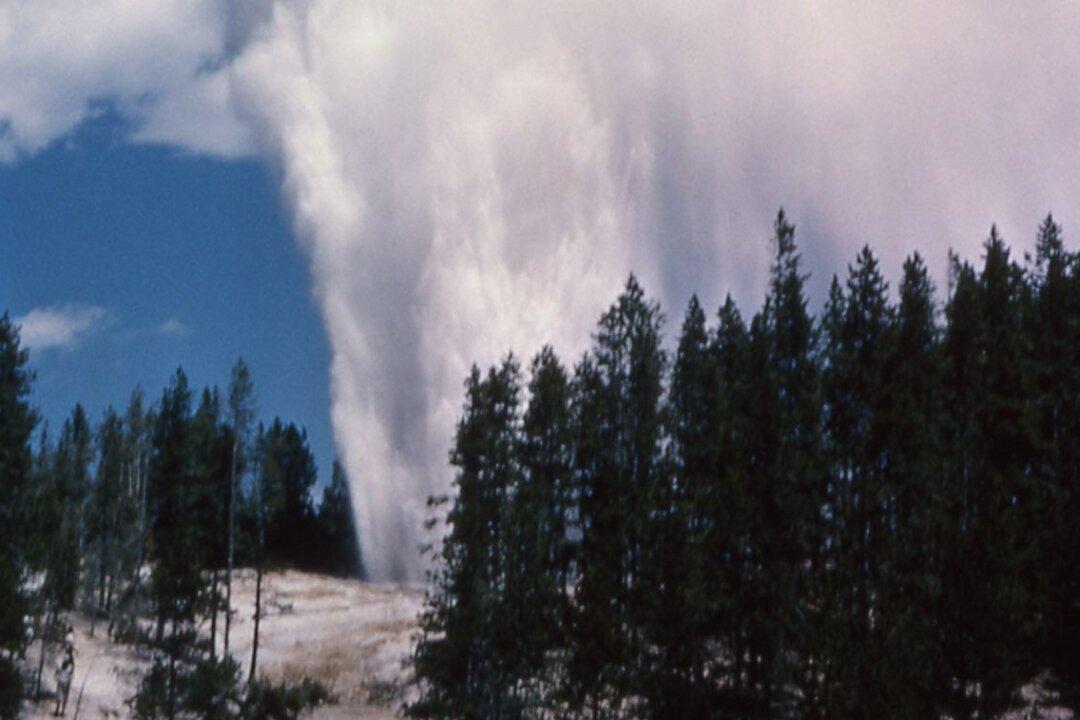The U.S. Geological Survey’s Yellowstone Volcano Observatory said the Steamboat geyser produced 32 eruptions in 2018.
This, according to the agency, breaks the record of 29 set in 1964.


The U.S. Geological Survey’s Yellowstone Volcano Observatory said the Steamboat geyser produced 32 eruptions in 2018.
This, according to the agency, breaks the record of 29 set in 1964.